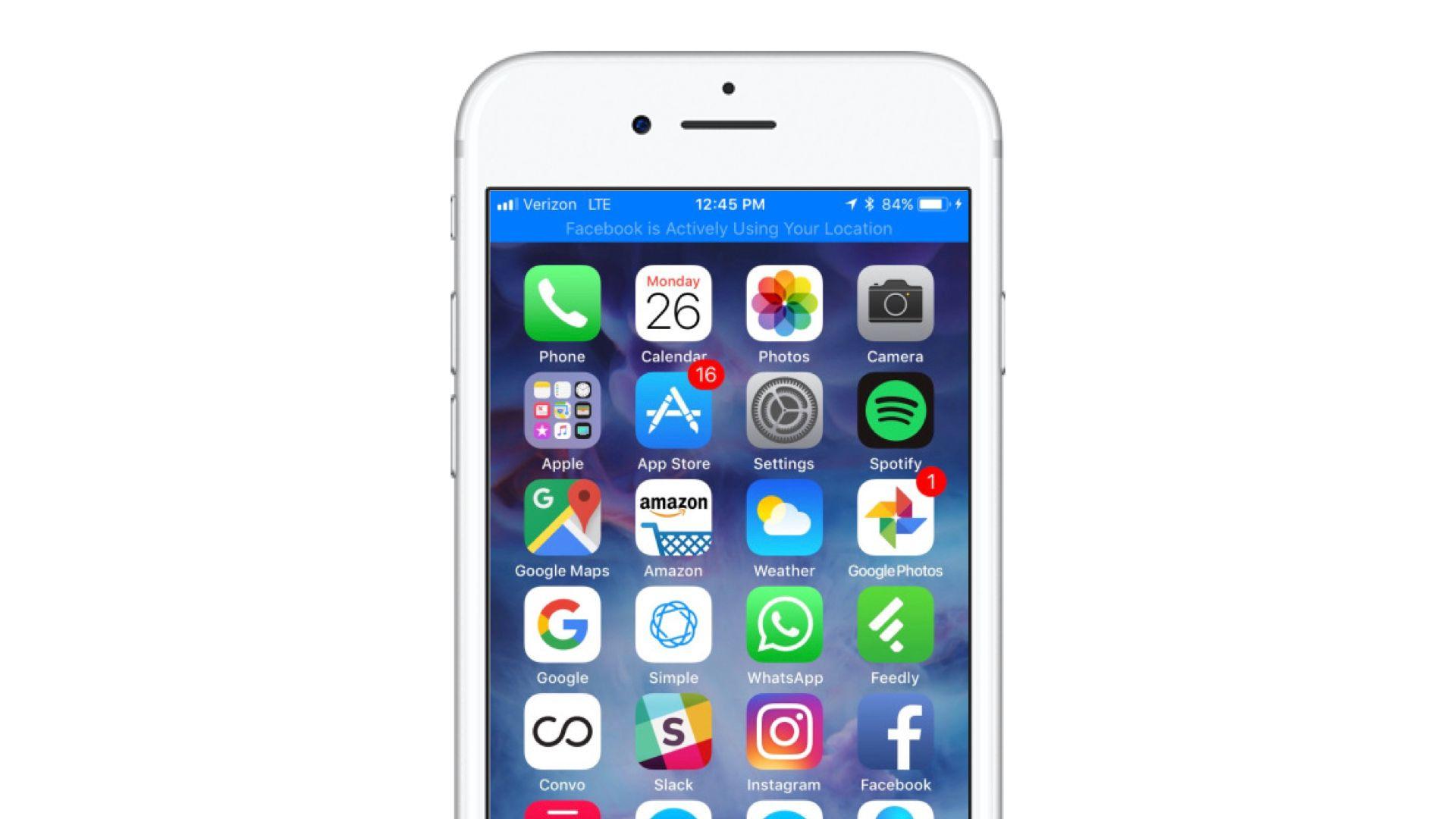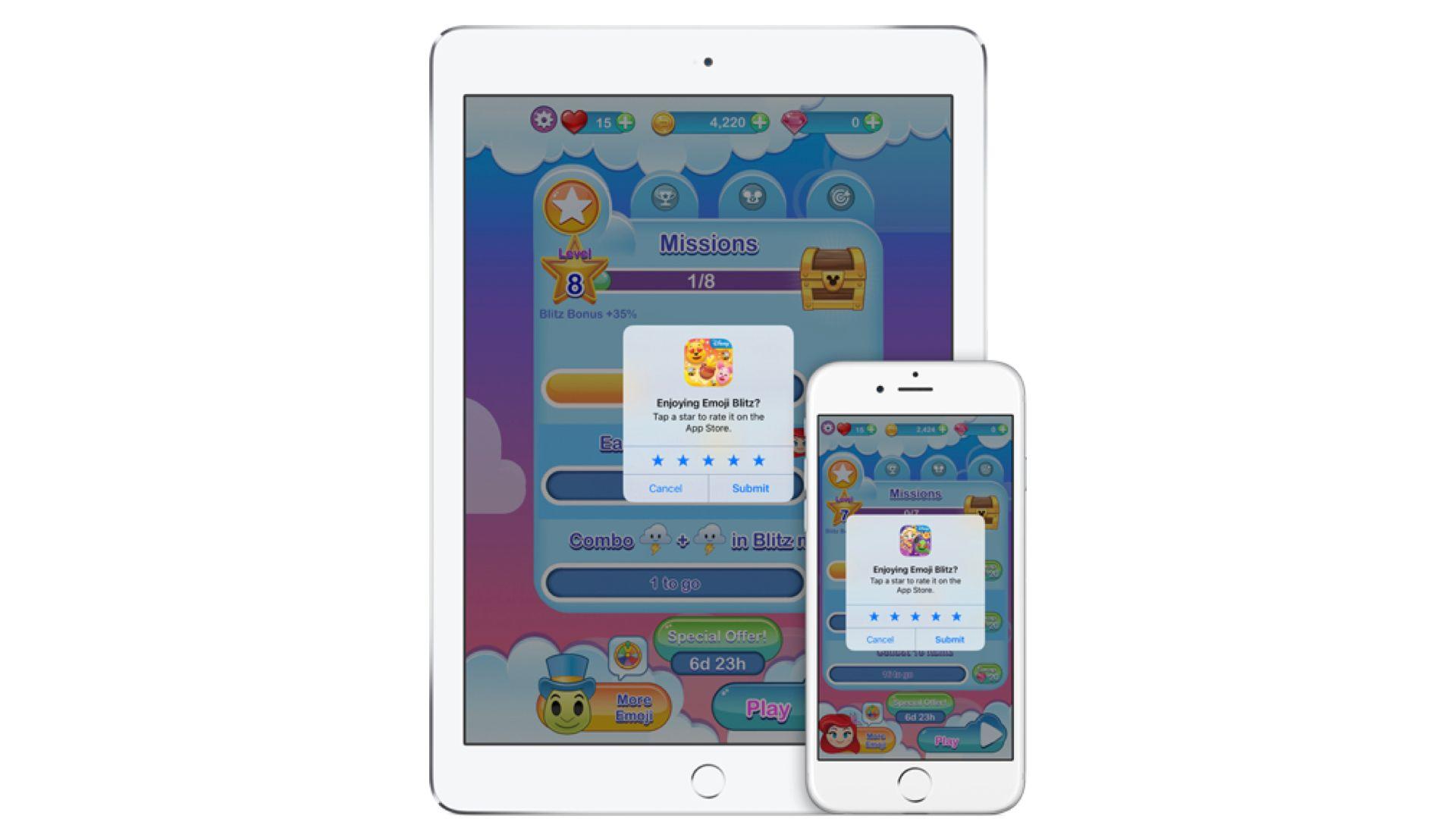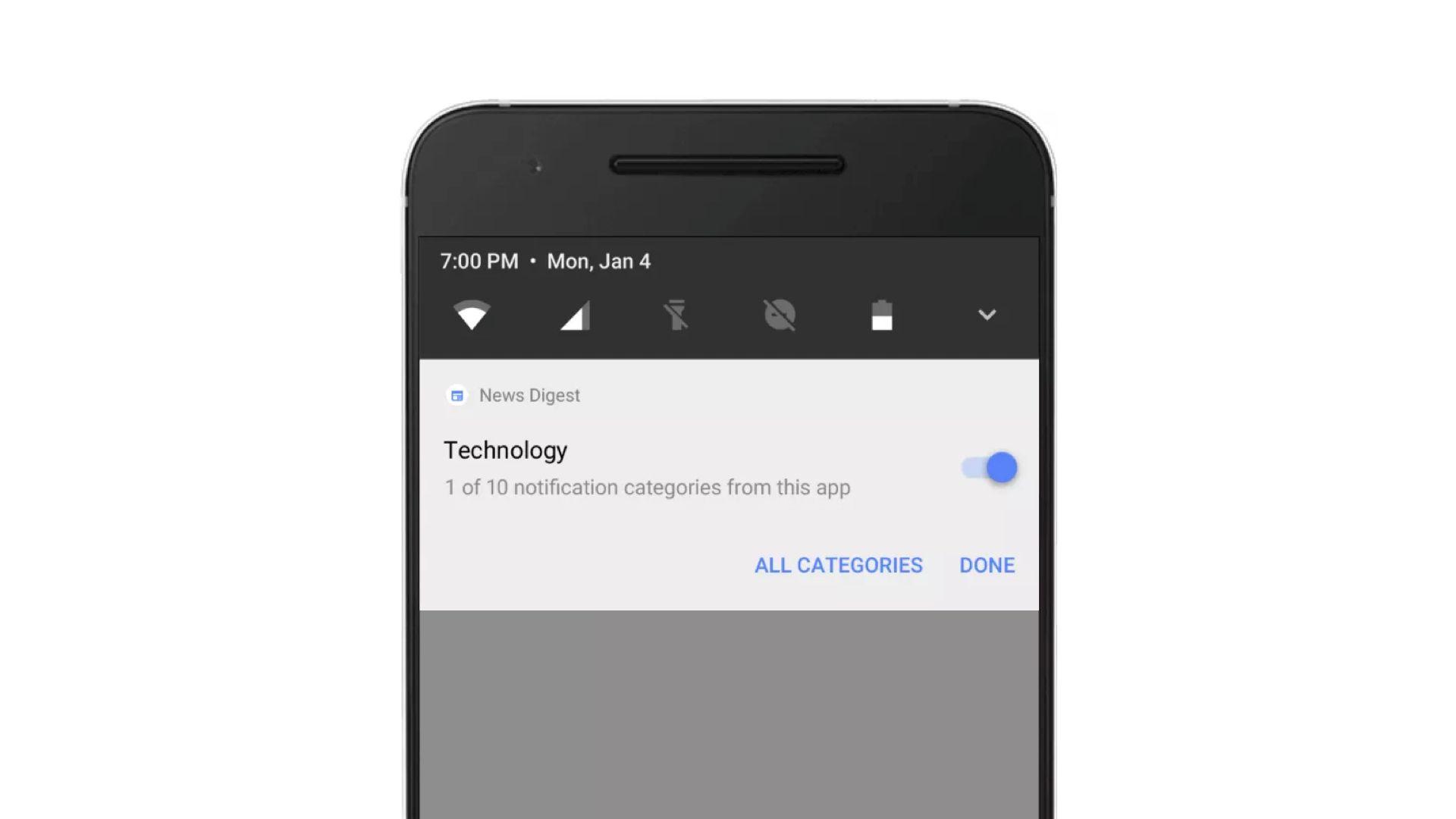Android Oreo, iOS 11, and the Changing Customer Engagement Landscape
Published on November 15, 2017/Last edited on November 15, 2017/11 min read


Todd Grennan
Content Production Principal, Content Marketing at BrazeWhen it comes to mobile innovation, we’ve come to expect two big shifts each year: new software & new hardware.
Each spring, tech giants like Apple and Google hold major events showcasing significant updates to their mobile operating systems and other software offerings—and every fall, those operating systems are publicly released, transforming the mobile experience for billions of mobile users worldwide. But while splashy, consumer-focused changes tend to get most of the impact, these updates often have an even bigger impact on how companies use mobile devices to reach and engage their customers.
To ensure that brands understand this year’s changes and what it means for customer engagement, we recently hosted a Technology Briefing webinar featuring Jena Donlin, product marketing manager at Braze (formerly Appboy). Let’s dig into the main findings.
Daily life has changed—and mobile changed it
“The front page for news and information has evolved from the newspaper delivered daily every morning to a more personalized stream that’s delivered in the moment throughout the day,” Jena told attendees. “That’s social newsfeeds. Email inboxes. Your phone’s home screen. Phones are integral and intimate to us—they’ve become the control centers of our lives.”
But while the rise of mobile has made it possible for brands to understand and reach their customers more effectively than ever before, it’s also meant that many brands reach out to their customers more often than ever before, too. “I’m inundated with messages—and I know I’m not alone,” Jena said. “The average consumer sees more than 60 push notifications, 120 emails, and five thousand ads. That’s every day!”
That massive scale reflects the growth of new messaging channels and digital platforms that can be used to engage customers, and highlights the challenges that brands face when it comes to ensuring that any one message can cut through the noise and resonate with the person receiving it. To do that, brands have to make sure that the messages they send are targeted, personalized, and capable of reaching recipients where and when they’re looking engage.
This fall’s release of Apple’s iOS 11 and Google’s Android Oreo mobile operating systems includes significant changes that brands need to be mindful of as they build and evolve their digital customer engagement strategies. The biggest ones include:
1. New limits and transparency around customer location tracking

Both iOS 11 and Android Oreo include notable updates affecting how apps using these mobile operating systems can gather information about their users’ locations and movements. That sort of information is central to effective message targeting and personalization—after all, no one wants to hear about the amazing deal that your brand is offering customers in Miami if they’re actually living in Atlanta. Get it right and you can demonstrate that you understand what’s relevant to each customer based on their location; get it wrong and you haven’t just wasted your audience’s time with an irrelevant message—you may actually be undermining strong, existing bonds that support long-term customer retention.
With Android Oreo, Google has created new limits on how frequently an app can request background updates about a given user’s location when they’re not actively using the app. “This change is expected to prolong battery life” for Android phones, Jena said, “but may also limit the amount of location data that brands can collect from their users’ devices,” potentially impacting the effectiveness of a given company’s location-based marketing strategies.
While less frequent customer location updates shouldn’t affect high-level targeting—for instance, targeting one campaign to people in New York and a different version to customers in Boston—it could impact campaigns where a specific location or neighborhood is the focus, creating uncertainties around the accuracy and timing of message triggers. Because this update is focused on data gathered through traditional mobile location-tracking, not all kinds of location information gathering will be affected. Geofences, which allow brands to track and trigger messages when users move in or out of a preselected location (such as the area around a store or stadium), aren’t impacted by the change, raising the possibility that they may become more central to some brands’ location marketing efforts.
There are some similar things going on with the new version of iOS. Location tracking has become something of a flashpoint for user criticism in recent years, particularly when users discover they’re being tracked at times they don’t expect. “To give users more transparency about when their location is being monitored,” Jena said, “iOS 11 will be displaying a blue status bar—that we call ‘the blue bar of shame’—when brands are tracking information about location when the app is open. The bar is intrusive and can do a lot to remind users that their data is being shared, potentially making some members of your audience uncomfortable.”
As with the Android changes, not all data collection is being treated the same. “Apps that have ongoing permission to collect location data, as well as low-power location services like geofences and beacons won’t activate the blue bar, making them an appealing way for brands to gather and act on location information in iOS.” But to leverage these services in a successful way, you need to be able to work together effectively with other teams to place and monitor the impact of each geofence and beacon, in order to optimize their data collection and message triggering.
2. App Store updates that blur the line between product, marketing, and customer service experiences

At this spring’s edition of Apple’s Worldwide Developers Conference (WWDC), iOS 11’s major updates to the App Store got a lot of attention—though, admittedly, most of the focus was on improvements to its visual interface and usability. But some of the most significant changes to the App Store actually happened on the brand side, with three notable updates that could have a big impact on how brands handle their app rating requests.
For one thing, Apple introduced a new App Store ratings API that makes it possible for users to leave App Store reviews without ever leaving your app. “But that new functionality comes with a big catch,” Jena cautioned. “As part of this change, Apple instituted new restrictions on how—and how often—brands can solicit reviews from users, seemingly as part of a push to stop companies from spamming users with requests.” Under iOS 11, brands can’t use custom prompts to drive users to the App Store to provide ratings, and each app is only allowed to ask users three times a year for app ratings—and if they do give you a rating, you’re not allowed to go back to the well for a full year.
“These limits mean that brands will likely want to prime users for these requests the way that they may already be doing before requesting push opt-ins or access to location data,” Jena explained to attendees. “That is, by using in-app messaging to communicate why you want them to rate your app and what’s in it when they do—and only triggering the iOS system prompt when they’ve made it clear that they’re interested in leaving a positive review.” This kind of priming is a powerful tool, but it only works if your marketing and engineering teams are on the same page. “Otherwise,” Jena said, “the priming can feel intrusive or confusing, significantly reducing its effectiveness.”
iOS 11 also makes it possible for brands to respond directly to user app reviews—and users will be notified when their review has a response. “That means the customer service teams who will be responding to negative reviews will need to coordinate effectively with both engineering and marketing teams to ensure a single, seamless customer experience,” Jena noted. “You don’t want customers with outstanding negative reviews to be hit with marketing’s promotional messages or inaccurate transactional outreach owned by the product team because they weren’t aware of the situation. That can do a lot to worsen the situation. Thankfully, though, it’s preventable if those teams work together.
3. Android push notification changes that give users more control over the messaging experience

“Watching the mobile landscape over the past few years, I’ve noticed that push has been getting more customization options for consumers,” Jena said. “Apple and Google are each approaching this in different ways, but ultimately the consumer benefits when there’s more richness and depth within the push experience itself.”
With Android Oreo, Google’s focus on the importance of great consumer experiences has started spilling over into concrete changes to how the platform handles notifications. The biggest change? Notification channels. This new tool allows brands to separate out different kinds of push—by subject (for instance, messages about local or national news) or message type (think transactional vs. promotional) or any other way a company finds useful—and customize each channels experience in terms of sounds, vibration patterns, and more.
“This tool is a big deal when it comes to push opt-outs,” Jena explained to attendees. “Imagine that you have a customer who receives a push about, for instance, the Kardashians, something they’re not interested in. In Android Nougat, if they tapped the message to opt out, that would have meant you couldn’t use that channel to reach them at all. But with notification channels, they’d only opt out of the notification channel associated with that message. So you could still send them breaking news alerts and other non-entertainment content. That’s a big difference!”
For companies where transactional and promotional push are overseen by different teams, collaboration is key to get the full benefit of notification channels. “After all,” Jena noted, “if a customer is annoyed enough to opt out after getting a promotional campaign, getting a transactional message right afterward could make them opt out of those messages, too, even if they normally find those sorts of messages helpful.” To avoid that, you need clear communication between the different teams that touch the customer messaging experience. It’s also smart to consider leveraging tools like advanced segmentation, personalization, and frequency capping to provide a relevant, valuable push experience. “That’s the thing,” Jean said. “Your customers don’t care who owns what channel or what type of message you categorize a push as; they want a single, cohesive experience no matter how they engage.”
Cross-channel, cross-platform, cross-device: Looking beyond the app
“Mobile has permeated our personal and professional lives,” Jena said, but noted that native apps aren’t the only way that customers interact with brands. Desktop still makes up 30% of consumer’s digital time, and the mobile web has a major presence representing nearly 40% of the time people spend using mobile devices. Plus, as time goes on, a number of new, emerging platforms—from smart speakers and connected cars to OTT messaging apps and chatbots—are starting to see significant adoption.
“Smartphones are a core piece of the puzzle, but we need to broaden our perspective for customer engagement. ” Jena told attendees. “Our challenge is keeping up with the evolving landscape of devices consumers are using.” Brands that take an overly app-centric approach run the risk of missing important segments of their audience, as well as making it more likely that they’re reaching some customers in ways that just don’t resonate with them.
“Customer experience is being prioritized across the board” with these changes, Jena explained. “As each channel matures, they stand on their own.” The important thing is to prepare for the future by making sure you have the basics down. That means:
- Understanding your customer: Users are moving across channels and platforms. It’s not enough to master mobile—you need to be on top of email and the web, on mobile and beyond, and pay attention to new devices and platforms that are gaining traction.
- Creating value in each experience: Messages are brand experiences. Customers don’t see a difference between a marketing team and a product team—or finance or customer service. That means you need shared frameworks across teams and open lines of communication in order to provide customers with a continuous experience across channels.
- Being adaptive: Customers want a relationship, but you need to learn what helps them. So run tests, leverage artificial intelligence to optimize the experiences you offer for each individual and learn what works for customers across your user base.
Want to dive deeper into these new tools and tactics?
Releated Content
View the Blog
The new inbox reality: How iOS changes are reshaping email marketing

Aparna Prasad

Experience optimization: Turning data insights into better journeys

Team Braze

December 2025 Bonfire Marketer of the Month: Jagex’s Emma Oliver
